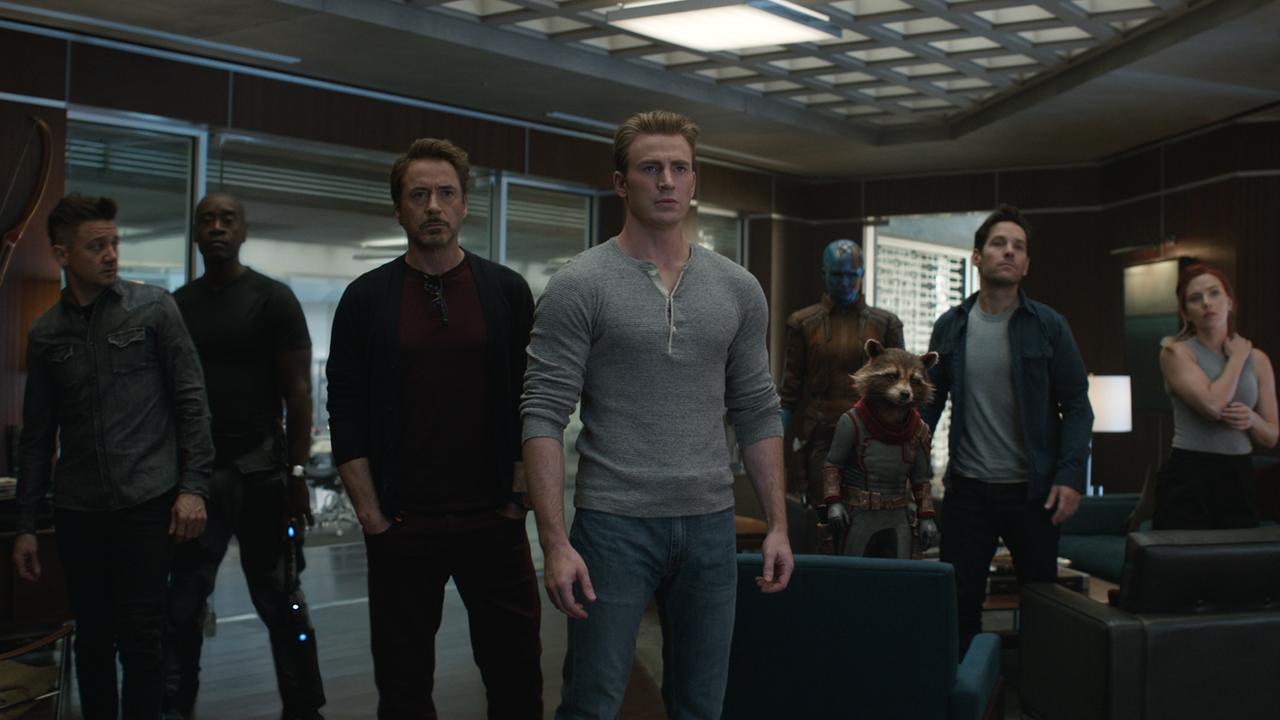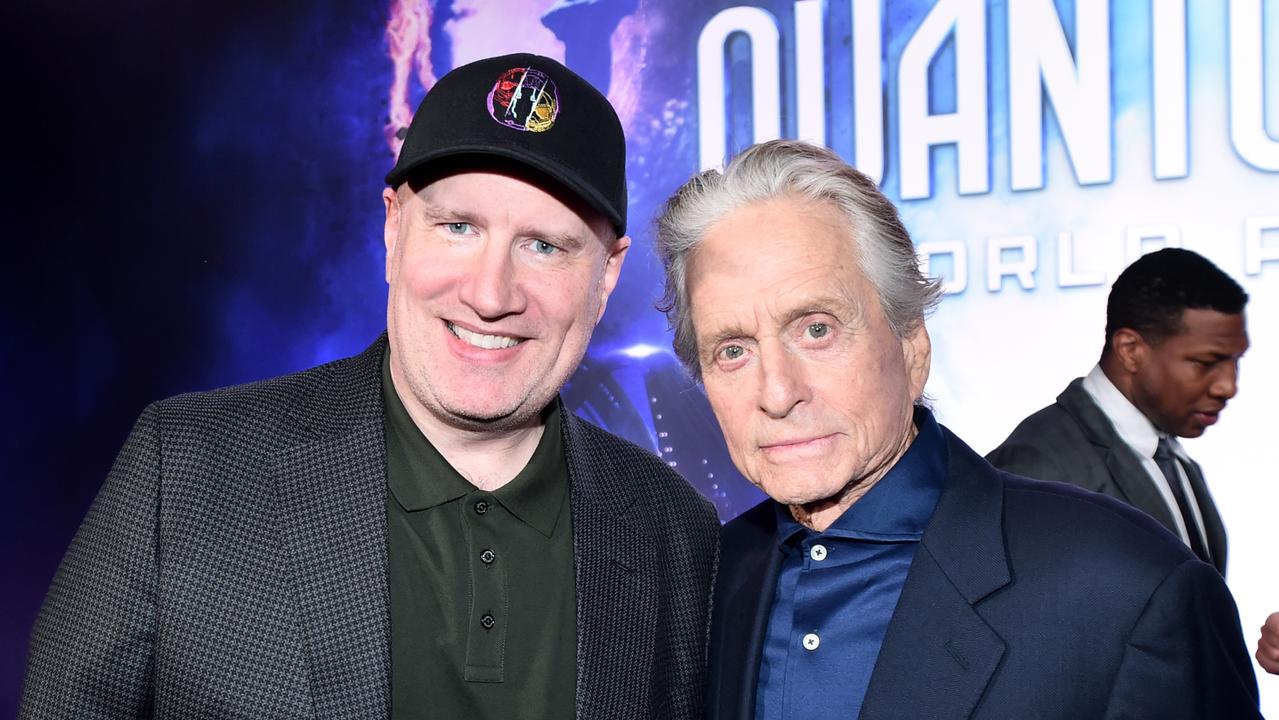Key detail revealed in sudden departure of top Marvel executive
Speculation has been rife over what led to the shock exit of a key Marvel executive. It’s now been confirmed she was sacked.

Crucial details have emerged of what went on behind the scenes of high-profile Marvel executive Victoria Alonso’s sudden departure last week.
Industry bible Variety confirmed Ms Alonso’s exit was not her choice. She was fired from her post by a “consortium” which included Disney Entertainment co-chairman Alan Bergman.
Variety reported Marvel president Kevin Feige was not involved in the decision, but did not intervene to save one of his key lieutenants. Ms Alonso had been with the studio for 17 years, working closely with Mr Feige to launch the Marvel Cinematic Universe with Iron Man in 2008.
Marvel has released 30 movies as part of its canon, which have gone to make more than $US28 billion at the global box office.
The reasons for Ms Alonso’s dismissal were not clear but industry speculation has focused on the perceived dramas which now plague the previously unassailable entertainment juggernaut.
Mr Feige’s distancing from the decision could also signal his power within Disney might be waning from his peak when Marvel movies were regularly smashing the $US1 billion box office ceiling.
Ms Alonso’s role, until her shock exit on Friday, was as Marvel’s president of physical and post-production, visual effects and animation production. And the studio’s visual effects have been singled out as being sub-par.

Its most recent release, Ant-Man and the Wasp: Quantumania has been criticised for looking sloppy and unimpressive, a damning indictment given the film is overwhelmingly set in CGI environments.
There have been rumblings online on social media including Reddit that the post-production process for Quantumania was shambolic, that visual effects production houses were overworked and under-resourced, and that money and time was being diverted away from Quantumania to Black Panther: Wakanda Forever.
Vulture last month recounted the experiences of three sources who were involved in the Quantumania visual effects process and two of them recalled many last-minute changes and shortcuts which resulted in substandard work.
“Certain things were used to cover up incomplete work. Certain editorial cuts were made to not show as much action or effects as there could have been – likely because there just wasn’t enough time to render everything,” one worker said.
“It really did feel like certain scenes were trimmed or otherwise altered to either save money, save time or cover up the inability to get it done.”

In the month since its release, Quantumania has only booked $US463 million at the box office, down from the first two Ant-Man movies – Ant-Man in 2015 did $US519 million and Ant-Man and the Wasp in 2018 did $US622 million.
The result is particularly disappointing, given Quantumania was billed as the first movie of the MCU’s Phase Five and introduced the Big Bad villain of this saga, Kang the Conqueror, whereas the first two Ant-Man films were more stand-alone capers.
Marvel had previously rarely misstepped and was seen as a money printing machine with a tried-and-tested formula for crowd-pleasing event movies.
But there’s an increasing sentiment the studio has overdone it and now fatigue is setting in.
In the past two years, partly as a result of pandemic-related delays and partly because of the demands of Disney’s streaming platform, Marvel has churned out 17 projects across film and streaming. That’s compared to 11 titles released in the previous four years before the pandemic.

And Marvel is not insulated from the challenges faced by the wider entertainment industry, which is under pressure from global economic issues including recessions and lower spending from consumers hit by rising living costs.
Disney has committed to cutting $US5.5 billion in costs, as chief executive Bob Iger sought to shore up the company’s financial position.
Mr Iger said during the company’s most recent results that Disney needed to be “better at curating” franchise projects.
“We want the quality on the screen, but we have to look at what they cost us.”
Soon after, Mr Feige flagged Marvel will slow down its relentless pace and release fewer movies and streaming series in a year. He framed it as wanting to ensure each title had enough breathing space.
“We want Marvel Studios and MCU projects to really stand out and stand above, so people will see that as we get further into phases five and six. The pace at which we’re putting out the Disney+ shows will change so they can each get a chance to shine,” he told EW.
At the 2022 San Diego Comic-Con, Feige outlined six Disney+ shows for 2023 but The Hollywood Reporter sources in February suggested this could be scaled back to as few as two.






